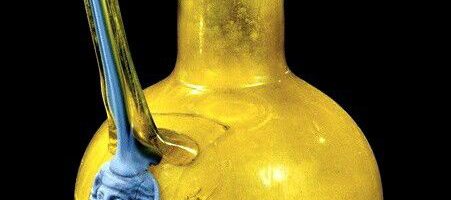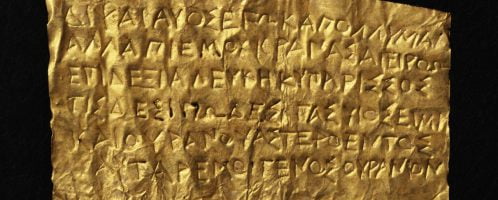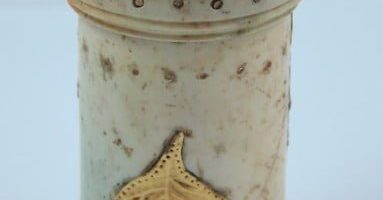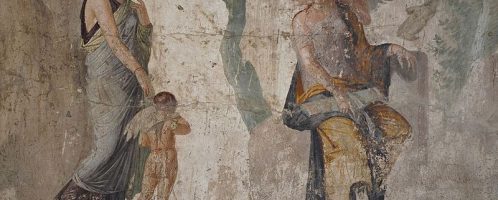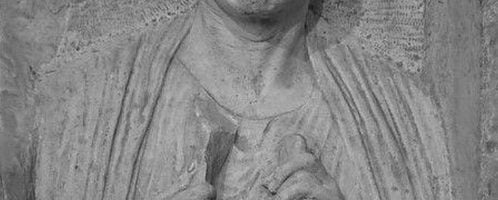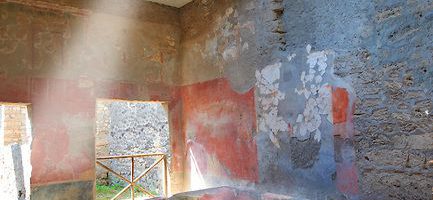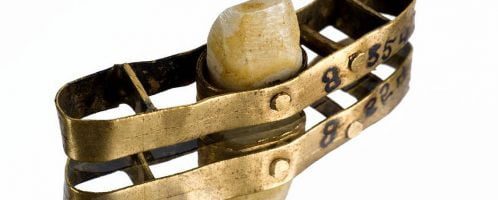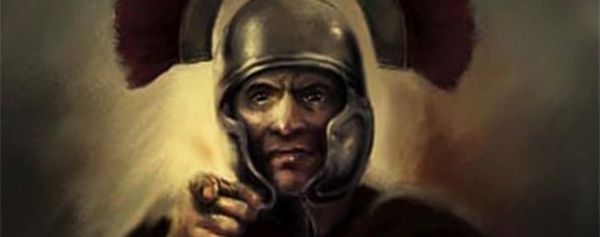If you have found a spelling error, please, notify us by selecting that text and pressing Ctrl+Enter.
Curiosities of ancient Rome (Artifact)
The world of ancient Romans abounded in a number of amazing curiosities and information. The source of knowledge about the life of the Romans are mainly works left to us by ancient writers or discoveries. The Romans left behind a lot of strange information and facts that are sometimes hard to believe.
Tomb of Roman legionary Lucius Poblicius
The tomb of the Roman legionary Lucius Poblicius, built between 40 and 50 CE is one of the most impressive exhibits of the Römisch Germanisches Museum in Cologne. It is believed to be the best-preserved object of this type north of the Alps, and its rich decorations deserve attention: reliefs depicting the Roman god Pan and his priestesses, as well as floral motifs. In the upper part of the tomb, there is a sculpture of Polblicius himself wearing a toga – an attire that proves to belong to the higher social classes.
Roman fresco depicting punishment of Amor by Venus
Roman fresco depicting the punishment of Amor by Venus. The object was found in Pompeii and is dated to 25 BCE. It is currently stored at the National Archaeological Museum in Naples (Italy).
Tombstone of Roman silversmith
Tombstone of a Roman goldsmith, one Publius Curtilius Agatho. The man was a freedman and died in the early 1st century CE. His names “Publius Curtilius” came from his former owner. His proper name/nickname (Agatho) in Greek means “good”.
Restored Roman sarcophagus in Belgrade
A restored Roman sarcophagus in ancient Taurunum (present Belgrade, in northern Serbia). The object is dated to the 2nd-4th century CE.

